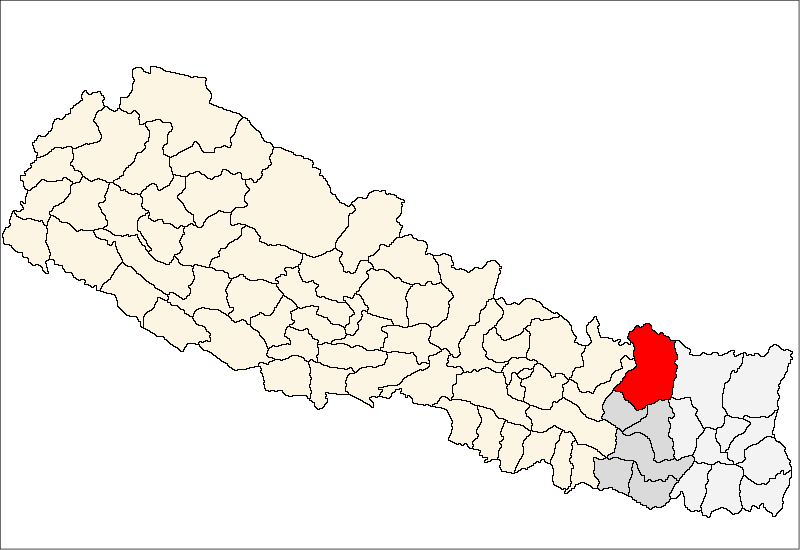
OR
Opinion
When will Nepali banks go for automation?
Published On: July 16, 2023 08:00 AM NPT By: Simran Lageju


Simran Lageju
The author is a business development professional associated with Genese Solution, an IT consulting company headquartered in the UK with a global presence in eight countries, including Nepal. The views expressed in this article are the author’s own and do not represent the organisation's views. Questions and comments on this article can be directed to feedback@genesesolution.com.news@myrepublica.com
With the introduction of Automated Teller Machines (ATMs) in the 1960s, the banking industry took its first step toward automation. In Nepal, ATMs were first introduced in 1995 by Himalayan Bank Limited. Following ATMs, banks began to computerize their offices, reducing the need for physical information records. After that, the invention of personal applications enabled customers to make their transactions and handle their finances without having to visit the bank. More recently, banks have introduced chatbots that automatically answer customer queries and offer employees more time to focus on their other essential tasks.
The increased accessibility of advanced technology like artificial intelligence and machine learning has led to a surge in the adoption of automation in the banking industry around the world in recent years. As banks work to maintain their competitiveness and fulfill the evolving needs of their customers, the trend toward automation is anticipated to continue. Today, automation is employed extensively in various fields, including risk management, compliance, fraud detection, and customer service.
According to the survey conducted by PNC Bank of America representing more than 20 industries, 82% of businesses saw the ability to automate payments as crucial. Along with better enterprise resource planning (ERP) systems and banking transaction integration, electronic payments were among the top three areas of anticipated technological investment for 2023.
Benefits/ Need of Automation
Streamlining & Increasing Efficiency: Financial automation reduces the need for employees to match manually and balance transactions. It gets rid of the inevitable human errors that happen without automation. Banks usually spend much time manually checking and matching transactions and preparing and posting journals to complete bank reconciliations. This process could be streamlined through automation, and the employees could be more productive and efficient. A robotic process automation (RPA) in Thailand’s Krungsri Consumer Bank resulted in a 75% reduction in in-person hours per year and a boost of productivity by 85%. Automating key process areas like underwriting, collection, and IT user account management brought these staggering improvements.
Cost Reduction: Automation in processes can reduce the need for manual labor, which can help banks save on staffing costs. It frees up time for the employees to engage in more complex, productive, and value-added tasks that need human intervention. Additionally, automation also reduces costs by reducing the need for physical infrastructure. At the same time, it also ensures the records' accuracy and reduces the risk of loss through any human error. The Japanese Bank Hiroshima case study shows that the bank reduced approximately 20,000 hours for 30 business operations annually by deploying RPA.
Risk Management: Banks need to assess and manage their risks to ensure their profitability regularly. Automation can help with risk management by reducing errors. Automating compliance procedures like know-your-customer (KYC) checks and anti-money laundering (AML) can also assist banks to improve compliance. By automating these operations, banks may ensure greater accuracy, lower the chance of compliance violations, and conserve time and money.
Detection of Fraud and Better Security: Banks can help stop fraudulent activities before they happen by using automated fraud detection systems to identify and flag questionable transactions. These systems can detect fraudulent actions through cutting-edge algorithms to analyze large volumes of data in real-time. Through the application of machine learning, the algorithms are trained to identify fraud patterns and identify risks. Banks can implement the rules to block or allow specific user actions, such as suspicious logins, identity theft, or fraudulent transactions and stay secure. One of the largest banks in the world, JP Morgan Chase, has been at the forefront of using automation to improve its fraud detection and security measures. Another example of using automation in fraud detection is the use of biometric authentication. It uses unique physical characteristics such as fingerprint or facial recognition to identify customers, making it difficult for frauds to access accounts.
Better Customer Experience: Through automation, banks can improve customer experience by making their services more efficient, accessible, and personalized. Banks can reduce the amount of time customers spend waiting for their services and make their services more hassle-free. With the implementation of RPA, the practical challenges of clients can be solved. For instance, they can check their deposits on their mobile applications and save their time. Syncing with third-party payment platforms like Khalti, eSewa, etc., is also easier. If the customer has a bank account with the necessary documents submitted, they don’t need to redo the formalities and documentation to have an account on such platforms.
Moreover, there can be a scoring system of customers’ earning, saving and spending habits, developing a system of creditworthiness scorecard through RPA. It will also save a great deal of time and hassle when determining whether to issue a credit card or a loan to a consumer. Overall, RPA can lead to smoother transactions while offering efficient customer service.
Way Forward
Banks that adopt automation can gain several advantages, such as increased productivity, fraud detection, lower operating expenses, and improved customer experience. Not only does this help generate more profits for the bank, but it also helps them stay competitive and relevant in the increasingly digitized market.
Robotic Process Automation is now available from Genese Solution, a leading IT consulting company, in partnership with DataMatics, a provider of intelligent solutions that help data-driven enterprises change themselves digitally. This technology helps simulate human behaviors carried out in repetitive, rule-based processes and automates the delivery of the activity at a wide scale with greater efficiency, speed, and accuracy. Robotic process automation (RPA) allows for the automation of repetitive, rule-based operations like calculations, form filling, data processing, reporting, simulating keystrokes and clicks, and carrying out a wide variety of predefined actions. Banks can use this technology to help in their automation journey and offer cutting-edge services seamlessly to customers.
As banking is a highly regulated industry, the development of automation in Nepal is possible only with the support of the Government of Nepal. The government can take different steps to promote automation in the banking sector. They could bring in policies and regulations to support and incentivize automation technology. By introducing tax breaks, subsidies, and other incentives, banks can be encouraged to invest in automation. Furthermore, they can also invest in training and education of human resources, empowering them to be skilled in the required technology to support innovation. The government can also help and promote collaboration among various stakeholders to develop a comprehensive strategy for digital transformation.
As technology evolves, banks must invest in automation to stay ahead of the curve. With the right strategy, tools, and resources, banks can explore the full potential of automation and deliver efficient and personalized services that customers expect in this digital age.
You May Like This

Nepal Bank's FPO receives frosty response from public
KATHMANDU, July 31: Nepal Bank Ltd (NBL), the government-owned bank, is struggling to sell its shares offered through follow-on public offering... Read More...

Infrastructure key to send banks to local units: Governor Nepal
POKHARA, June 17: Nepal Rastra Bank (NRB) Governor Chiranjibi Nepal has said that commercial banks won't go to local units unless... Read More...

SCOPE Nepal provides foil blankets to Nepal Army
KATHMANDU, Jan: SCOPE Nepal, an NGO working in peace, security, environment and social justice, handed over 378 emergency foil blankets to... Read More...




Just In
- NEA Provincial Office initiates contract termination process with six companies
- Nepal's ready-made garment exports soar to over 9 billion rupees
- Vote count update: UML candidate continues to maintain lead in Bajhang
- Govt to provide up to Rs 500,000 for building houses affected by natural calamities
- China announces implementation of free visa for Nepali citizens
- NEPSE gains 14.33 points, while daily turnover inclines to Rs 2.68 billion
- Tourists suffer after flight disruption due to adverse weather in Solukhumbu district
- Vote count update: NC maintains lead in Ilam-2













Leave A Comment